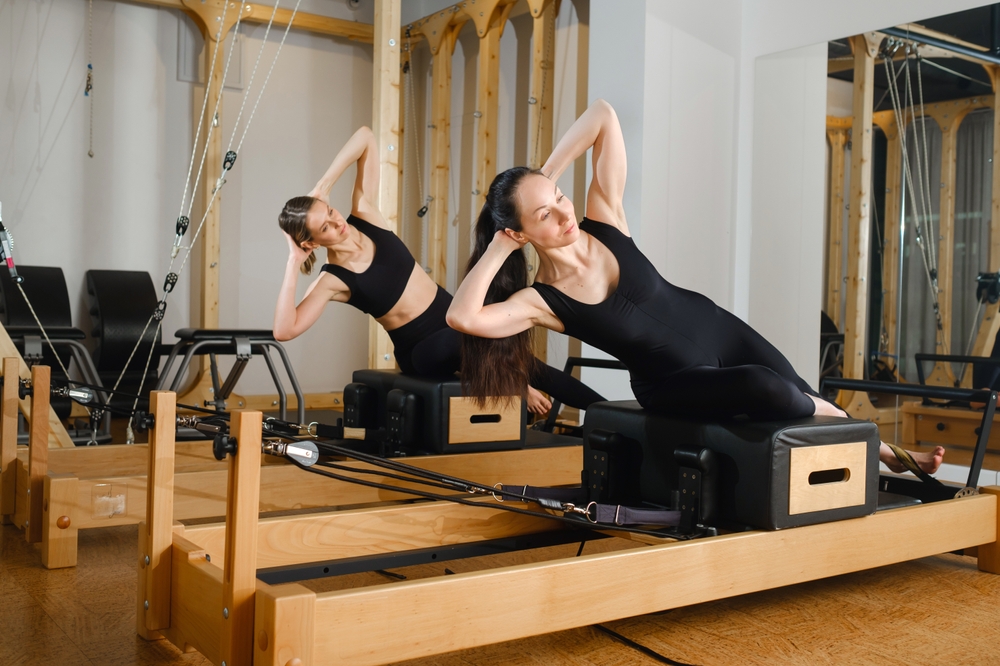Pilates: Principles, Uses, and Role in Rehabilitation
Pilates is a system of movement that emphasizes controlled motion, breathing, alignment, and core stability. Developed in the early 20th century, it includes a range of mat-based and equipment-assisted exercises aimed at improving movement patterns rather than isolating single muscles. Many people choose Pilates to support mobility, body awareness, and posture as part of a broader exercise or fitness routine. This article outlines how Pilates interfaces with physical therapy and rehabilitation, describes common methods, and suggests practical planning considerations. This article is for informational purposes only and should not be considered medical advice. Please consult a qualified healthcare professional for personalized guidance and treatment.

Physical therapy and Pilates: how they connect
Physical therapy often focuses on restoring safe, efficient movement after injury or surgery. Pilates shares many of those aims—especially improving core control, spinal mobility, hip stability, and movement coordination. In a clinical context, therapists may adapt Pilates principles or specific exercises to address deficits in balance, posture, or neuromuscular control. The emphasis on precise cues, slow controlled repetitions, and integration of breathing can make Pilates a complementary tool within a broader physical therapy plan, but it is typically individualized to a patient’s functional goals and limitations.
Rehabilitation: when Pilates is appropriate
In rehabilitation, Pilates may be introduced during subacute and chronic phases when pain is controlled and the patient can focus on quality of movement. Common examples include recovery from low back pain, neck strain, or after certain orthopedic surgeries where progressive strengthening and motor control are needed. Decisions about timing and exercise selection should come from a clinician experienced in both rehabilitation and Pilates principles; inappropriate loading or poor progression can impede recovery. Pilates is most useful when combined with other therapeutic modalities and a clear, phased rehabilitation plan.
Pilates: methods and equipment
Pilates includes mat work—using body weight and small props—and apparatus-based methods such as the reformer, cadillac, chair, and barrels. Each tool offers different resistance, support, and range-of-motion options that can be scaled to ability. Key features are precise alignment, controlled tempo, and focused breathing patterns. Instructors range from general fitness teachers to those with specialized training for clinical settings; when seeking Pilates for rehabilitation or physical therapy goals, look for professionals who communicate with healthcare providers and understand contraindications and progressive loading principles.
Exercise planning: frequency and progression
An effective exercise plan with Pilates follows progressive overload and recovery principles used in other forms of exercise. Beginners often start with two to three short sessions per week, focusing on foundational movements and breath control. Progression may include increasing repetitions, adding resistance via apparatus, or combining Pilates with other exercise types to address cardiovascular or strength targets. For rehabilitation, progression is guided by pain levels, range of motion, and functional milestones. Consistency and technique quality generally matter more than session length for long-term gains.
Fitness outcomes: what Pilates can improve
Pilates can contribute to broader fitness aims—improved core strength, enhanced postural awareness, greater flexibility, and refined balance. For people seeking integrated movement practice rather than maximal strength or high-intensity cardio, Pilates offers low-impact options that can be adapted for different ages and abilities. Evidence varies by outcome, and benefits often depend on program consistency and the skill of the instructor. If you are seeking specific fitness goals (for example, sport-specific power or endurance), Pilates is usually most effective when combined with targeted strength and aerobic training.
Conclusion
Pilates is a versatile movement approach that complements physical therapy and rehabilitation when adapted to individual needs and clinical guidelines. Its focus on controlled movement, breathing, and core stability makes it useful for improving posture, coordination, and certain functional capacities, but it is not a universal solution for every condition. Collaboration between instructors, therapists, and patients, along with careful progression and attention to symptoms, supports safer and more effective outcomes.






